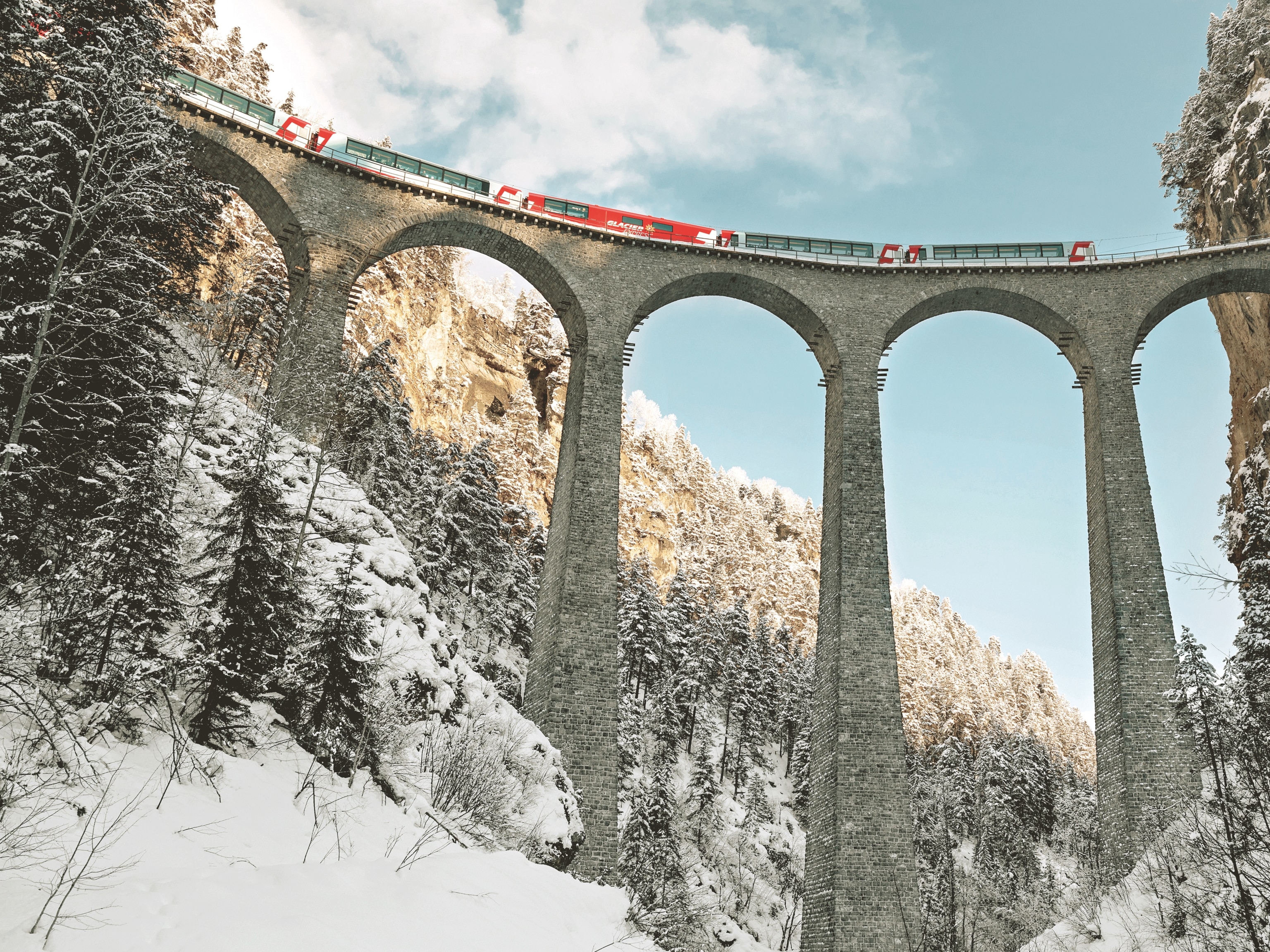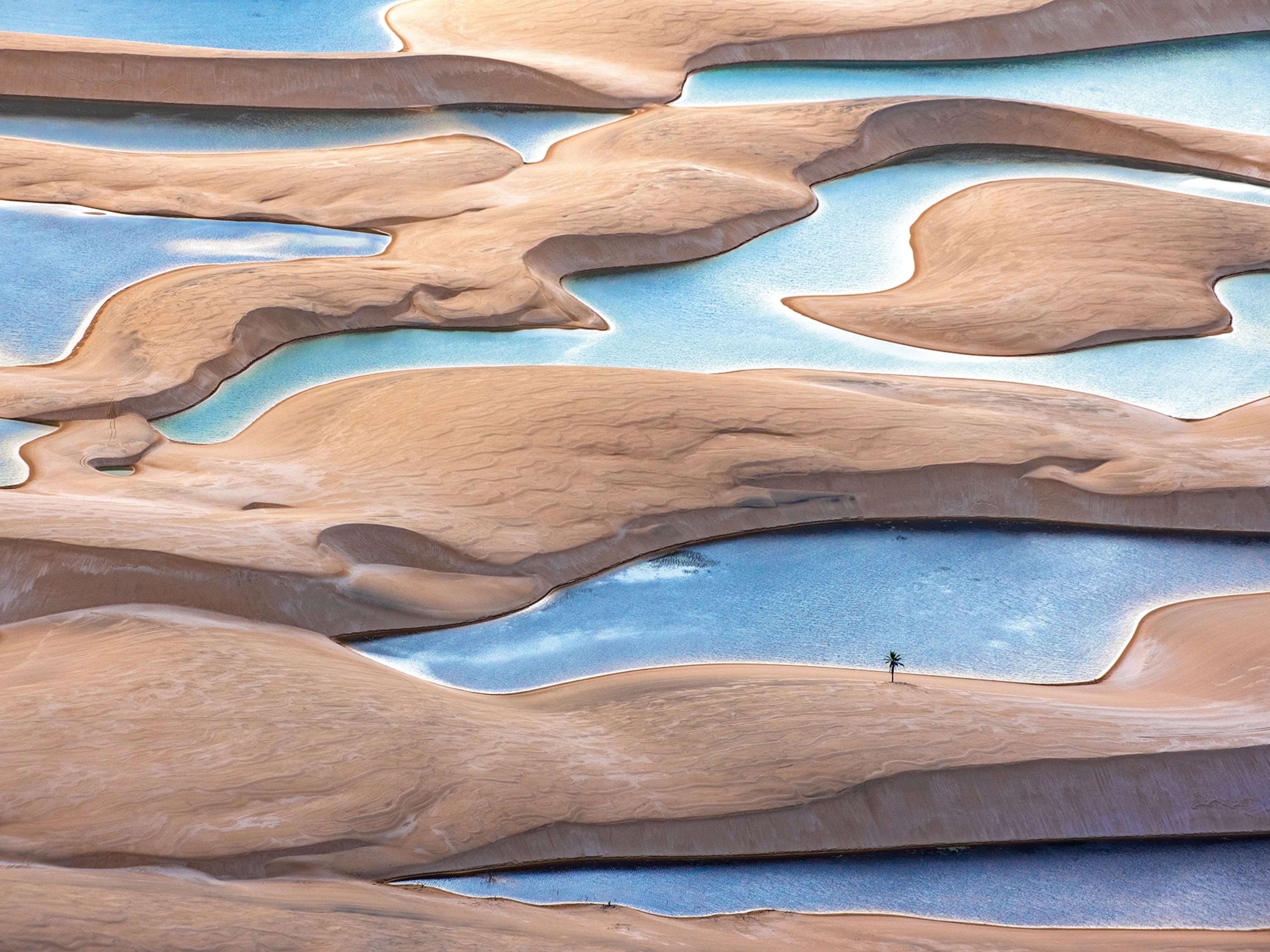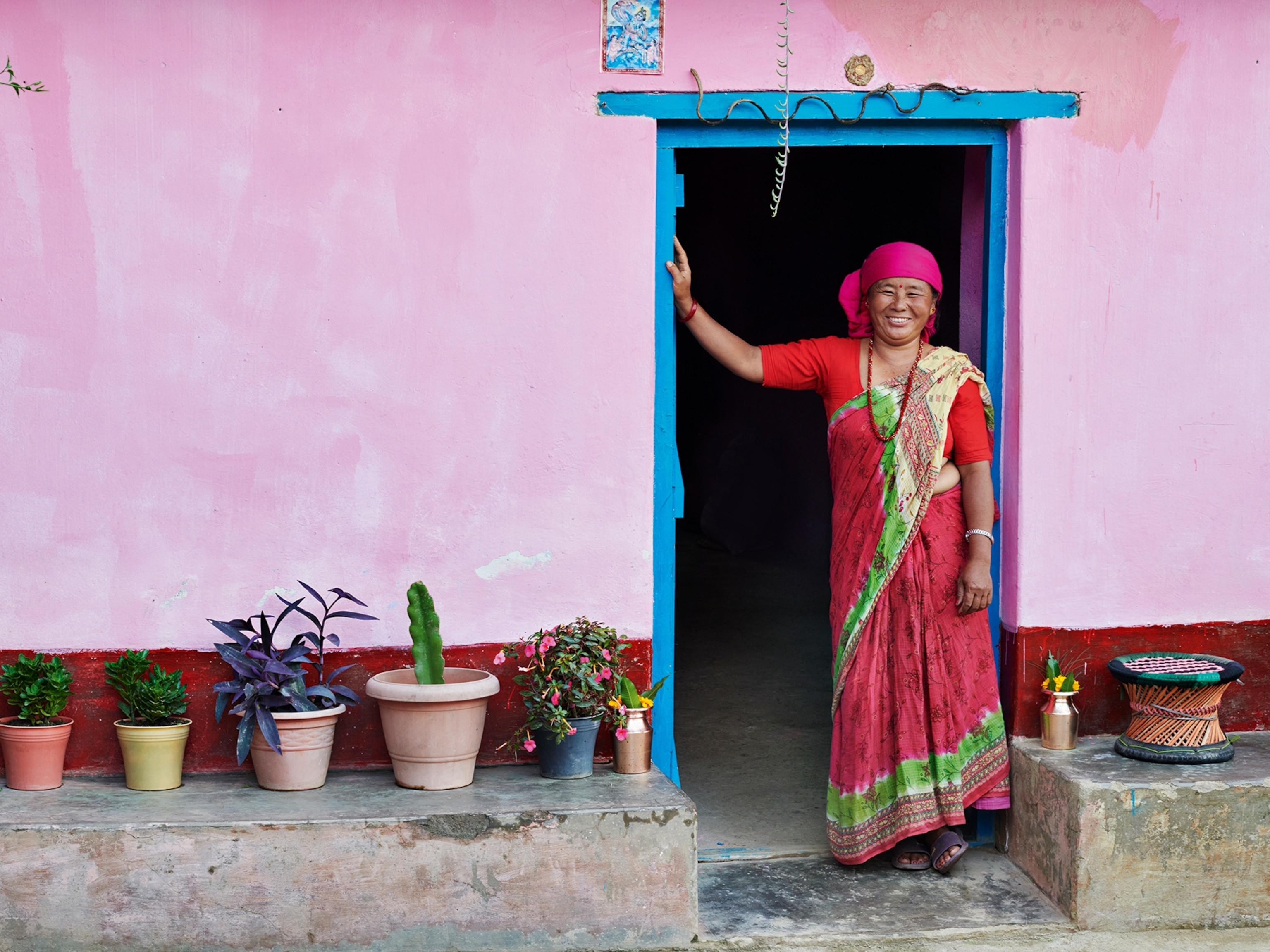
Exploring Peru’s hidden corners, where desert lagoons meet forest fortresses
Extend your itinerary beyond Peru’s classic sights to discover ancient temples, mermaid-cursed waterfalls and some of the globe’s finest high-altitude trekking.
Peru’s archaeological riches have made it one of South America’s most enthralling destinations. However, it’s also a place of world-class gastronomy, superlative hiking trails and rugged islands teeming with marine wildlife, from squawking sea birds to roaring sea lions. If you’re fascinated by ancient history, itching to hike through high-altitude Andean scenery or curious to see places untroubled by crowds, the little-known Peruvian regions of Ancash, Ica and Amazonas offer a broad canvas for adventure. Here’s a glimpse of what awaits off the beaten path.
Step into ancient civilisations
While Peru is renowned for its ancient architecture, many of its most fascinating structures remain off visitors’ radars. Chavín de Huántar, a magnificent 3,000-year-old temple complex, is a four-hour drive from the Ancash capital, Huaraz, and was one of South America’s most important pilgrimage sites. Up to 3,000 priests once presided over ceremonies here, and the atmospheric underground chambers — which lead to a 15ft relief carving of a fanged, feline deity — are well worth exploring.
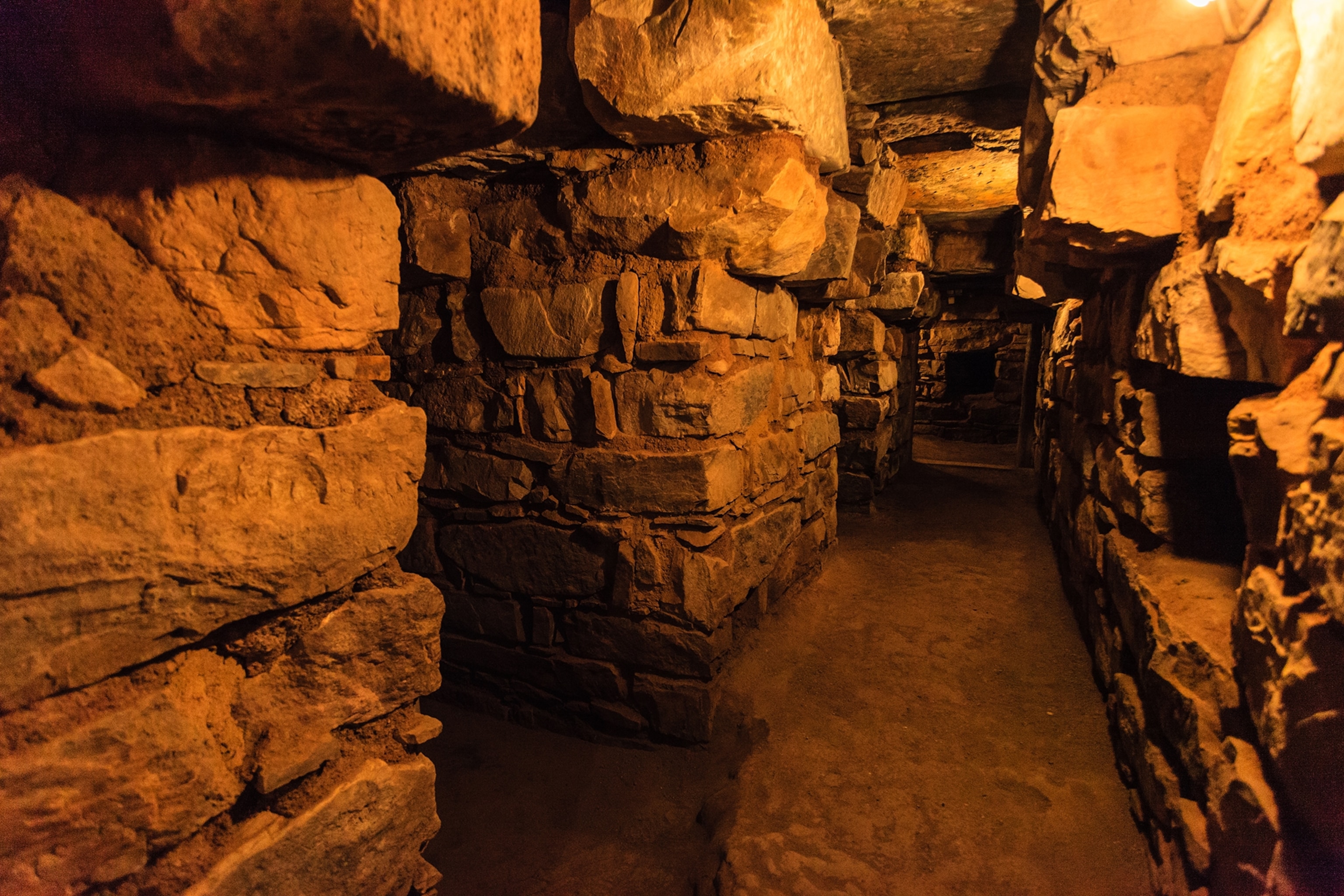
On the southern coast in the Ica region, the Nasca Lines geoglyphs were created between 500 BCE and AD 500. Though their purpose long eluded archaeologists, they’re now believed to have played a role in ancient water rituals. Hop into a Cessna light aircraft for a bird's-eye view of the hummingbird and monkey drawings etched into the desert floor, each about the size of a football pitch.
Further north, the cloud forests of the highland Amazonas region are scattered with the relics of the Chachapoya, a pre-Columbian warrior culture that flourished from around AD 800 until their conquest by the Inca. Without a written language, much of what is known about them comes from archaeological traces across Peru's remote, misted mountains. Watch the Utcubamba Valley unfold beneath you aboard the cable-car up to the mountaintop settlement of Kuélap, where you can wander between the circular stone houses of this once great citadel, fortified by 65ft-high walls.
Taste Peruvian specialities
Peru has 24 regions, each fiercely proud of their culinary heritage. In the Amazonas town of Chachapoyas, restaurants offer crash courses in the local gastronomy, allowing travellers to rustle up delicacies such as tacacho — mashed plantain and crispy fried pork. Prevalent on lunchtime menus in Chachapoyas, trout ceviche is the highlands' take on Peru’s most famous dish. On the coast around Ica, you’ll find endless beachside restaurants serving it the traditional way, with sea bass marinated in lime juice.
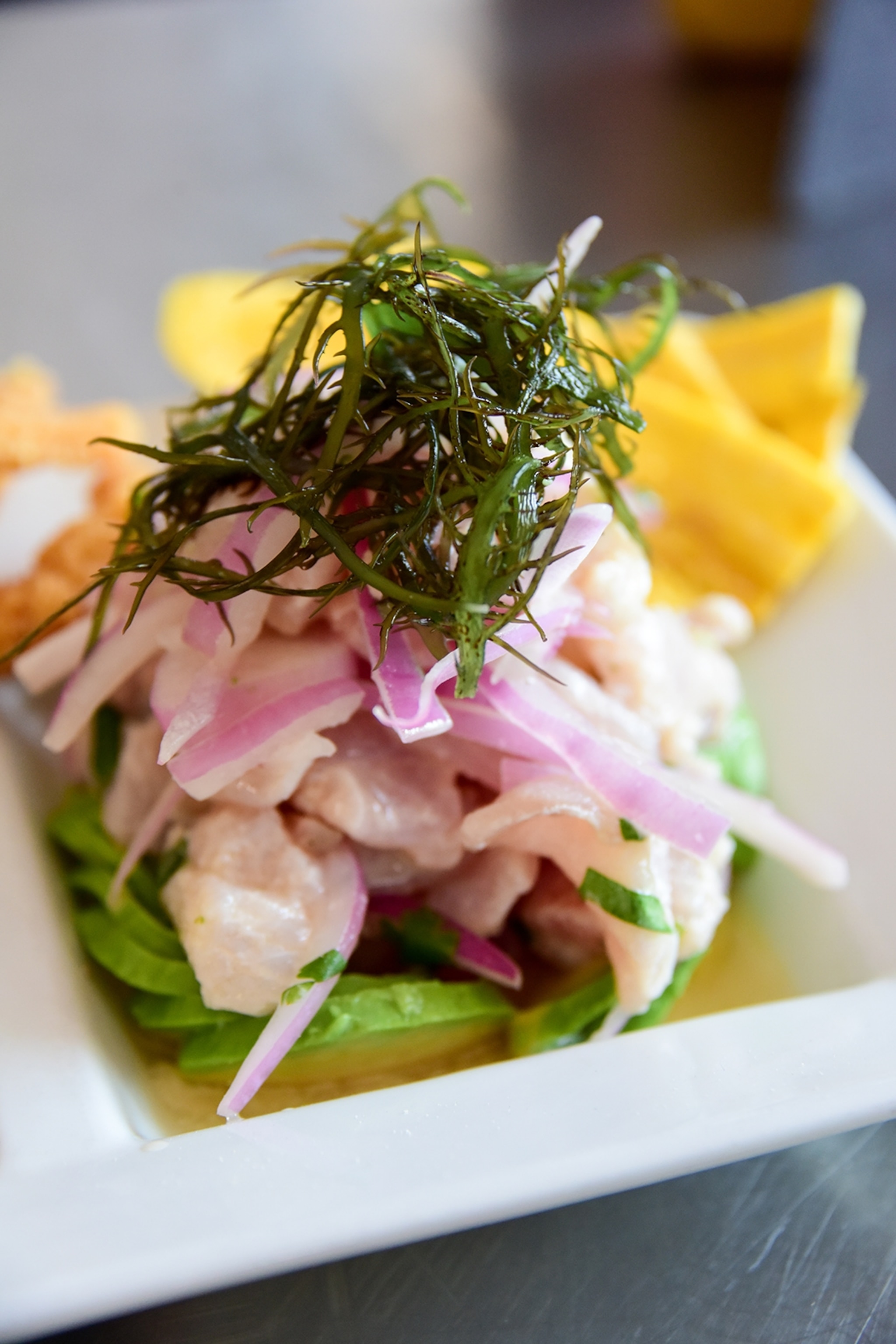

Hot, sunny days on Peru’s southern coast make the Ica Valley perfect for the plump grapes introduced by the Spanish conquest, now distilled into Peru’s award-winning brandy, pisco. This floral liquor is the central component of the national cocktail, the citrussy pisco sour, but is equally drinkable neat. Try it at one of the region's many distilleries.
Peruvian wine is also gaining acclaim. It's the valley's sandy, arid soil — nurtured by the relentless sunshine — that gives the grapes their distinctive flavour. Taste varietals including chardonnay, sauvignon blanc and tannat at local wineries.
Embark on highland hikes and desert adventures
Ambitious walkers should head to Huaraz, a town on the outskirts of the Cordillera Blanca. The world’s tallest tropical mountain range offers a slew of outstanding high-altitude hiking, much of it within Huascarán National Park. The trail up to the electric blue waters of Laguna 69 is a moderate day hike, while the more demanding four-day Santa Cruz trek traverses glacier-streaked Andean terrain and turquoise lakes. There are more than 300 such bodies of water in the park — join a group tour with local providers to kayak across Laguna Llanganuco, where the surrounding mountains are reflected on its surface.
Equally enchanting is the village of Cocachimba in Amazonas, which overlooks Jurassic-age scenery and the mesmerising two-tiered Gocta Falls. One of Peru’s best-kept secrets, the 2,530ft-high waterfall is said by locals to be cursed by a white-haired mermaid. Hike the six-mile trail through cloud forest for an up-close look at the cascade.

Explore extraordinary biodiversity
Peru’s diverse ecosystems have earned it a place on Conservation International’s list of the world’s 17 megadiverse countries. In terms of resident bird species, the country ranks second only to Colombia. The cloud forests around Amazonas conceal one of the most colourful birds: the tangerine-feathered Andean cock-of-the-rock — easily spotted at dawn around Gocta Falls.
Nearby, the hides at the Refugio del Colibrí Espátula in Cocachimba promise near-guaranteed sightings of the endemic, and endangered spatuletail hummingbird. With its iridescent plumage, this remarkable bird frantically flutters its violet-blue tail feathers — known as spatules — during elaborate mating dances, which can be observed here between October and December.
It’s not just winged creatures that abound. In the Ica region, boat tours from the fishing town of Paracas head out to the wildlife-rich Ballestas Islands. Bring a zoom lens to capture these noisy residents — including blue-footed boobies, sea lions, albatrosses and Humboldt penguins — squirming and squabbling on guano-coated rocks.
Plan your trip
To subscribe to National Geographic Traveller (UK) magazine click here. (Available in select countries only).


